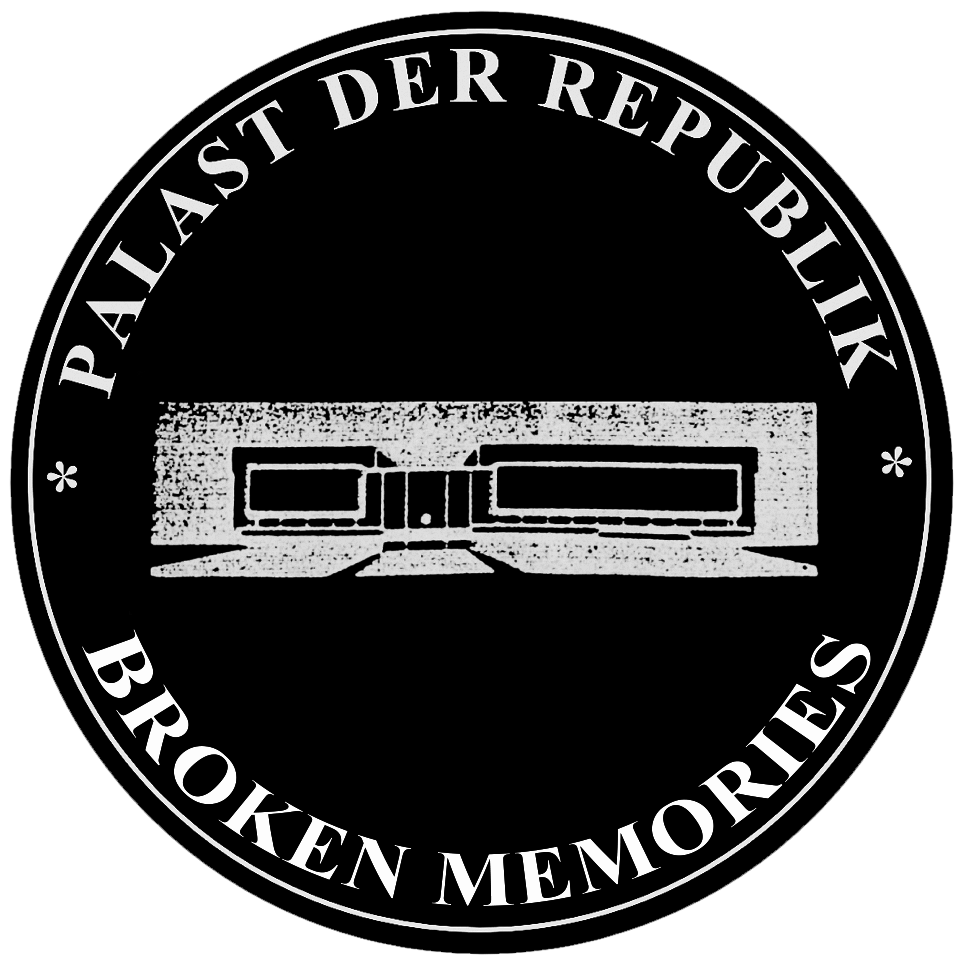TIMES – Maik Seidel, Berlin
Gewinner des Kunst-am-Bau-Wettbewerbes
Conversion and extension of the Federal Foreign Office – Kurstraße 33, art location main entrance (procedure 3)

BROKEN MEMORIES – Pieces of Berlin
Cold War
In 1989, the fall of the Berlin Wall set the stage for the end of the Cold War, and the demise of the East German Government. The struggle of the political systems had been decided, and the Palast der Republik, the most significant architectural representative of the losing side in that struggle, had to go. Thousands of tons of steel, concrete, brick, asbestos, marble, and glass were destroyed in order to “restore history”.
Construction of History
Ironically, the Palast der Republik shared its fate with that of its immediate predecessor, the Royal Palace of Prussia. The palace had been destroyed in 1950 by the East German Government essentially for the same reason: To sever the connection to an undesirable past. Today, a replica of the old Royal Palace, the Humboldt Forum, occupies the site. History has been erased and overwritten for the second time, as if the site has become a breeding ground for ideological vandalism and political „damnatio memoriae“.
Damnatio Memoriae
In ancient Rome the damnation of memory was common practice to purge the names of people who had fallen into disgrace from the annals, and to remove their inscriptions from pediments, friezes and memorial steles. Perhaps paradoxically, the names of the people who were subjected to this treatment are often still known today. By making the loss visible, the „damnatio memoriae“ supported the memory of the damned.
Memories
No visible trace of the Palast der Republik has been left on site, only some remnants of the gold-metalized glass facade still exist. One of these panes suddenly burst into a thousand tiny pieces due to the effects of gravity and material fatigue. Each golden shard is unique, an authentic witness of history. It embodies and reflects upon the promise and disillusionment of a whole era. It remains as memorabilia and tell us its peculiar and tragic story of rising from the ashes, shattering, and falling into oblivion.
